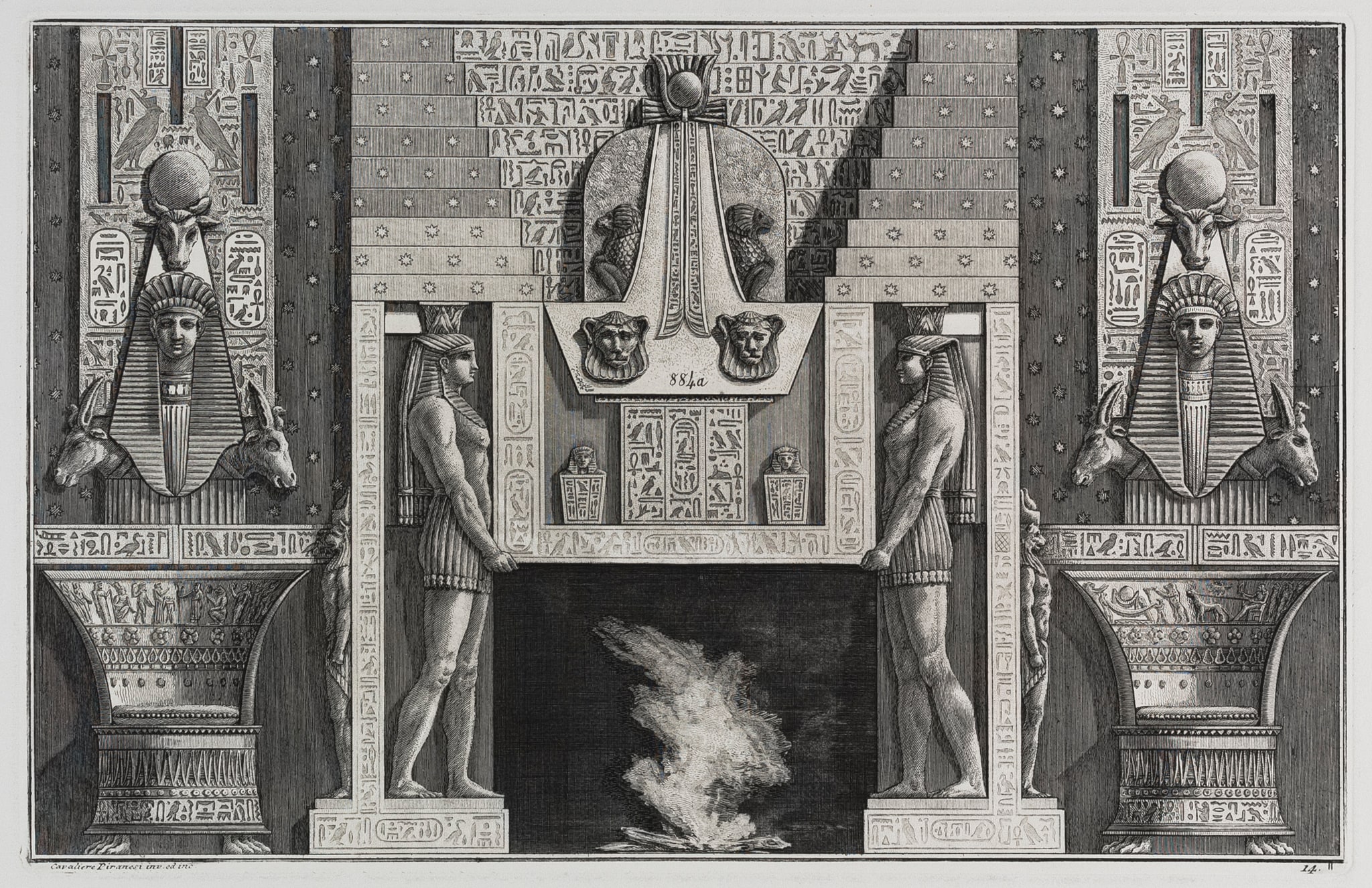

Techniques followed while drafting Nolli Plan Interiors of the churches read like piazzas and courtyards of palaces, yet a variety of qualities and scales is articulated.” These spaces, open or roofed are shown in minute detail through darker poche. Private buildings are shown in grey cross hatching that is carved into by the public spaces, exterior and interior. “Nolli’s map of the mid-eighteenth century reveals the sensitive and complex connections between public and private space in Rome. Pietro marking the centres of arcs of circles for the oval showing the plan of the colonnades.


∙ → Marking of the four tiny dots in Piazza S. The plan shows a vital urban centre that served as a retreat for both rich and poor. Several cartographic symbols are used to indicate drains, soldiers’ billets and cemeteries whereas various pictorial symbols represent river crafts, ferry boats, cargo craft and watermills. Landscape features like gardens, vineyards and orchards have been rendered with different textures.
#Giambattista piranesi series
Terrain slopes were marked as a series of textured elongated lines (topography & contours were uncommon till the 19 th century). All ancient monuments were marked in black indicating extant ruins with a white outline to depict the hypothetical plans for these monuments. This map even noted the asymmetry of Spanish Steps. All the modern building fabric or the private spaces were marked dark grey, open spaces were marked white, including the interior of public buildings like Pantheon and St. He used easy to understand cartographic symbols for the representation. Giambattista with this plan attempted for a uniform representation of the city of Rome with an understanding of the urban fabric. All structures have been depicted with their terrain slopes for better understanding. The map showcases the detailed plans of churches, theatres, aqueducts, obelisks, fountains, courtyards, porticoes of buildings along with the entrance and staircase for major structures, city walls and much more. The Nolli map was made to understand urban analysis and to utilise it as a tool while conceiving new projects with precise alignment of building and spaces as per viewing conditions. Let’s have a detailed look at the Nolli Plan: 1.


 0 kommentar(er)
0 kommentar(er)
